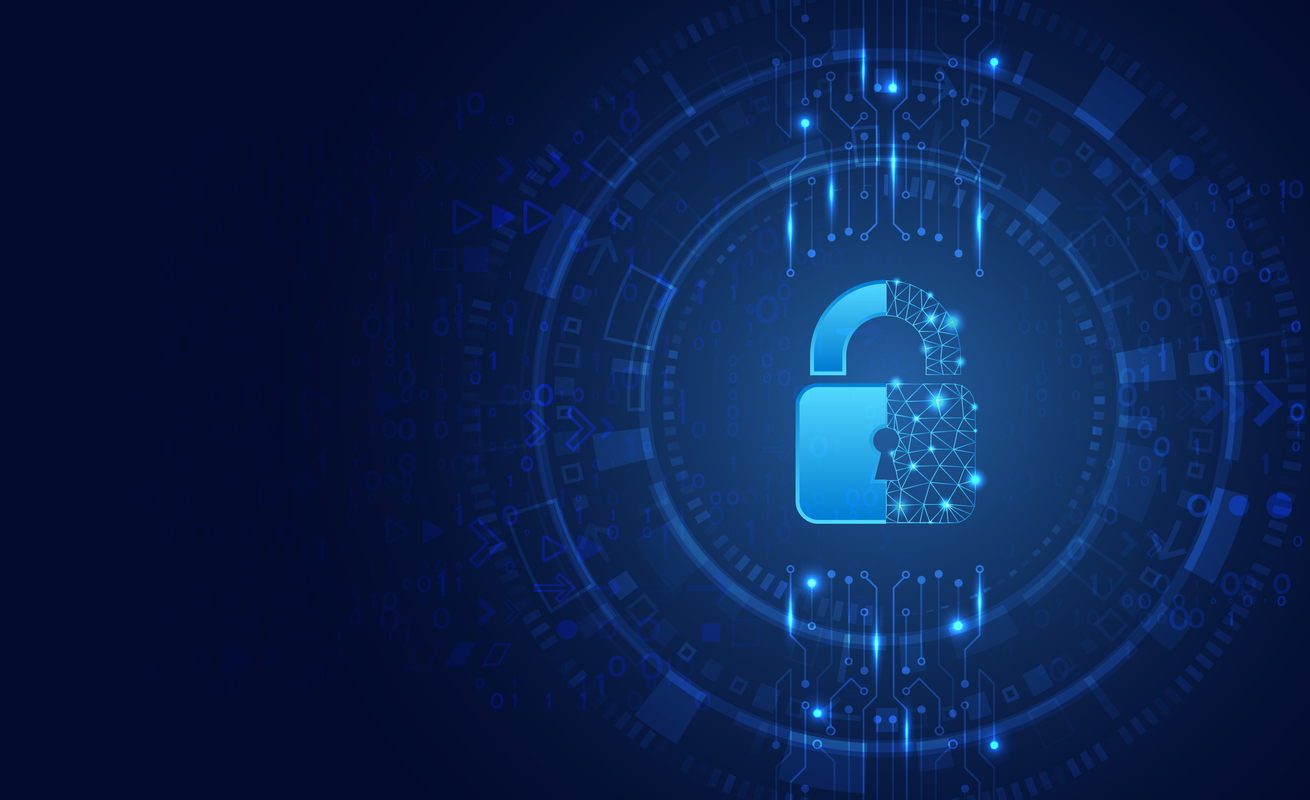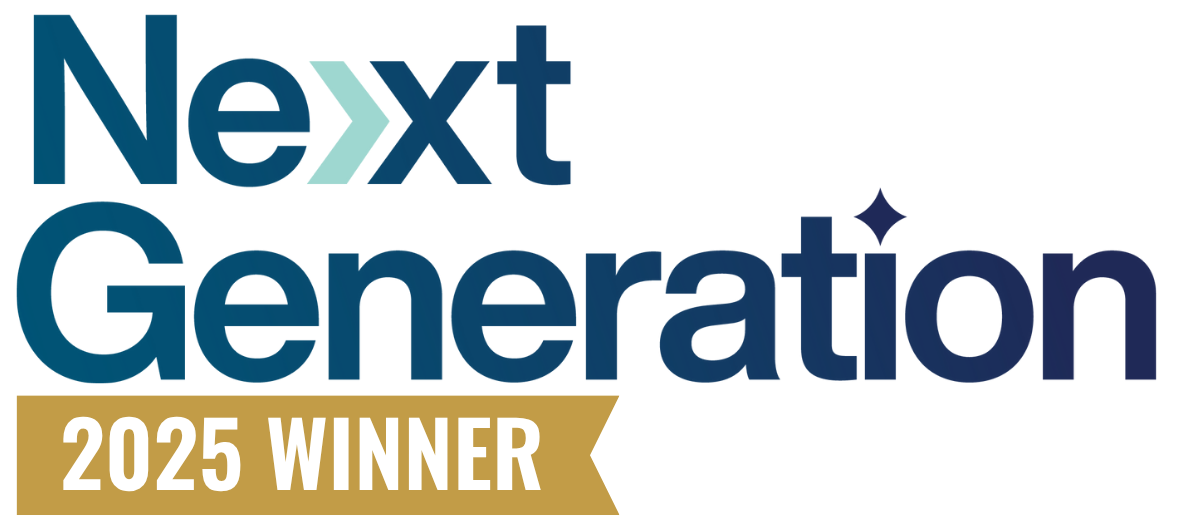You wouldn't lock your front door at home only to leave the back door wide open, would you? Many organizations still leave applications and data unprotected or barely protected with simple usernames and passwords that are easily cracked.
In today's increasingly hostile digital landscape, basic password protection is no longer sufficient. We can see this sentiment reflected in recent government policies. President Biden's executive order on improving the nation’s cybersecurity outlines the need for more robust cyber defenses and highlights multi-factor authentication as the solution, mandating agency-wide adoption.
Unlike earlier iterations, new simplified Multi-Factor Authentication (MFA) solutions are much easier to use and administer. Finding the best solution for your organization will simplify MFA management and allow you to protect your data within on-premise and cloud-based applications from an easy-to-use central console.
Businesses need to partner with a cybersecurity service provider to implement an MFA solution tailored to meet the security needs of their business and the regulatory requirements of their industry.
Why Businesses Need a Multi-Factor Authentication Solution
Before diving deeper into the extensive benefits of an MFA solution, let's clearly define what multi-factor authentication is. Multi-factor authentication is a method in which a user is granted access to a website or application only after successfully presenting three or more pieces of evidence (factors) to an authentication mechanism. This ensures that in order to login, a user needs three basic things: inherence, knowledge, and possession.
- Proper username (inherence)
- Correct password (knowledge)
- Just-in-time response from a physical token (possession)
Each of these three things on its own is useless without the other two. This added layer of security ensures that even if login credentials are hacked or stolen, criminals still cannot access the system. MFA technology creates a hardened protective shell that is impenetrable to bad actors attempting to access business-sensitive electronic data. In addition to bolstering information security posture, here are the top benefits of implementing an MFA solution for your business.
1. Protect Employee and Company Data
A multi-factor authentication solution provides more layers of security than a less robust two-factor authentication (2FA) method. The additional layers of security provide a much-needed failsafe if a hacker successfully steals employee credentials. Hackers will be forced to verify their identity in another manner, even with sensitive credentials in hand.
Businesses that proactively implement an MFA solution can successfully minimize their attack surface, reduce the risk of costly breaches, and maintain productivity and business continuity. In fact, the Director of Identity Security at Microsoft stated that accounts are more than 99.9% less likely to be compromised when using MFA.
The right MFA solution should offer several authentication options for end-users to protect their data for increased flexibility. Potential authentication methods include:
- Push notifications
- SMS verification
- Phone calls
- Wearables
- Biometrics
- Soft tokens
- Hardware tokens
- Universal 2nd Factor (U2F)
A robust MFA solution should also have the capability to secure any corporate application. These applications include but are not limited to:
- Proprietary apps (APIs)
- Microsoft environments
- Cloud services
- Cloud applications
- Web applications
- SAML 2.0 applications
- Linux/Unix devices
- Internal applications (VPNs)
2. Provide User-Friendly Multi-Factor Authentication Management
Businesses that implement an MFA solution make multi-factor authentication management an intuitive process for their employees and IT departments. Creating a more secure and streamlined login experience for end-users and applications is important because the least effective security system is the one that gets bypassed. As with any innovative technology, MFA solutions should enable a smooth flow of business operations rather than being disruptive and difficult to use. Look for an MFA solution that comes with powerful software features that are easy to manage and set up without the need for excessive calls to the help desk.
3. Ensure Regulatory Compliance
The majority of regulatory agencies now have specific MFA and device visibility requirements. Therefore the right MFA solution should help navigate these standards to avoid costly fines and ensure continued compliance, no matter the industry. Broken down by field, here are the MFA compliance requirements businesses need to be aware of.
Healthcare - There are two regulatory agencies dictating MFA requirements in the healthcare industry: The Drug Enforcement Administration (DEA) and the U.S. Department of Health and Human Services (HHS). The DEA Electronic Prescriptions for Controlled Substances (EPCS) requirements mandate multi-factor authentication when approving e-prescriptions, and the HSS requires healthcare organizations to enforce password security and visibility into personal devices accessing protected health information (PHI) for HIPAA compliance.
Technology, Retail & Education - While MFA is not a compliance requirement, the Sarbanes-Oxley (SOX) Act and Gramm-Leach-Bliley Act (GLBA) calls for strict internal controls on financial information. Businesses that process and store credit card payment information must comply with the MFA requirements outlined in PCI DSS 3.2 Section 8.3.
Federal & Enterprise - Organizations in federal and enterprise industries need to adhere to The National Institute of Standards and Technology (NIST) regulations. Businesses must comply with Digital Identity Guidelines outlined in SP 800-63 and Enhanced Security Requirements for Protecting Controlled Unclassified Information outlined in SP 800-171.
International - International organizations must comply with EU regulations, most importantly the General Data Protection Regulation (GDPR) laws. International organizations can leverage multi-factor authentication to adhere to Article 32 which states companies, “shall implement appropriate technical and organizational measures to ensure a level of security appropriate to the risk.”
Finance - Businesses in the financial industry need to adhere to the Federal Financial Institutions Examination Council (FFIEC) standards on authentication to mitigate high-risk security breaches and protect sensitive financial information. The FFIEC authentication guidance provides a framework for improving online banking security and highlights strong multi-factor authentication as an industry best practice.
4. Secure Remote Workforce and Work-From-Home Environments
Remote work is rapidly becoming common practice across a wide variety of industries, raising questions and concerns about how businesses can ensure the security of their remote workforces. The COVID-19 pandemic has influenced a 67% surge in remote work, showing a 43% satisfaction rate with employees preferring to work remotely permanently.
Since remote workforces are here to stay, businesses need a reliable solution for protecting their remote employees and sensitive company information. A comprehensive multi-factor authentication solution will help prevent unwanted users from remotely accessing employees’ platforms by requiring end-users to provide two or more credentials to access systems or accounts. Advanced MFA protection provides remote employees the tools to stay protected and productive during times of increased risk.
5. Reduce Workload for Internal IT Departments
The fact of the matter is, breaches are costly and time-consuming. When a cyber-attack or breach occurs, internal IT teams need to display Herculean effort to solve the problem in a timely manner before any more damage is caused. Businesses that proactively implement a multi-factor authentication solution fortify their network infrastructure and minimize the risk of breaches. With a minimized attack surface, internal IT departments are free to work on more productive and business-critical issues instead of frantically trying to put out avoidable cybersecurity fires.
It’s Time to Add Multi-Factor Authentication to Your Cybersecurity Defenses
Multi-factor authentication has become the new standard in account security, adding an additional layer to password protection strategies. A multi-factor authentication solution is an intuitive and cost-effective way to fortify your business against costly breaches and sophisticated cyber threats. The businesses that take precautions now and partner with a cybersecurity specialist to implement a multi-factor authentication solution will stay ahead of the evolving cybersecurity landscape and ensure the protection of their sensitive data, remote employees, and reputation.





